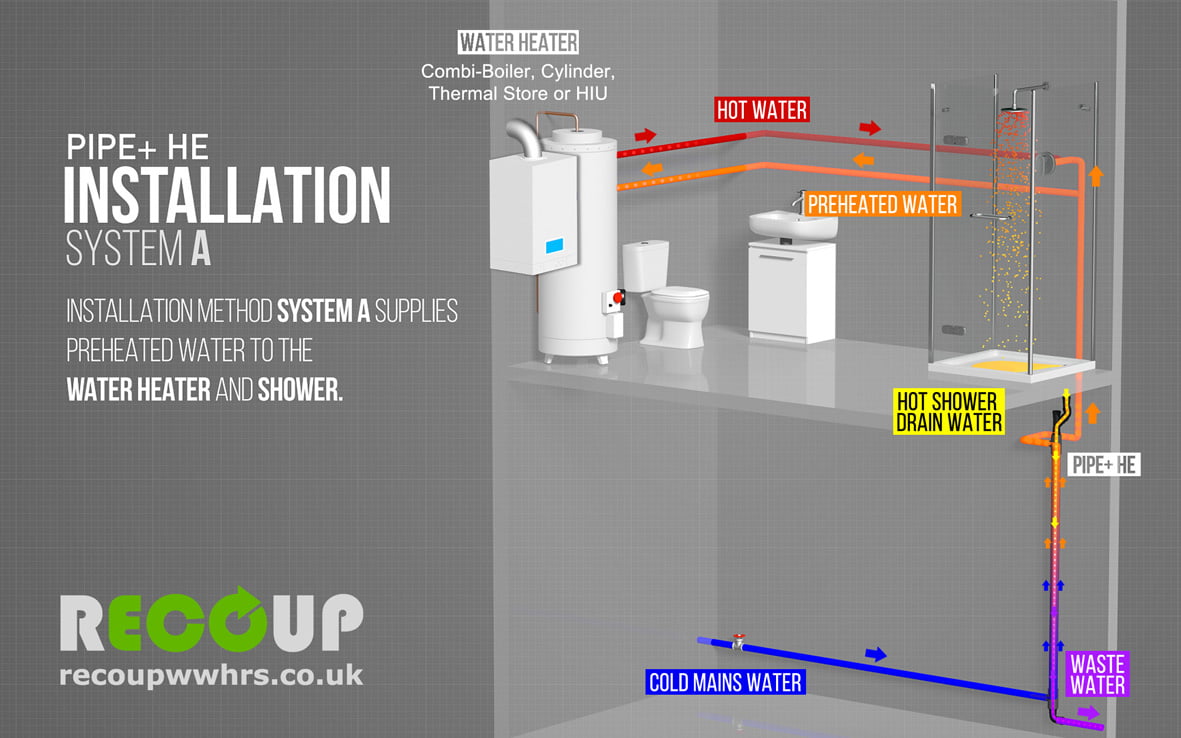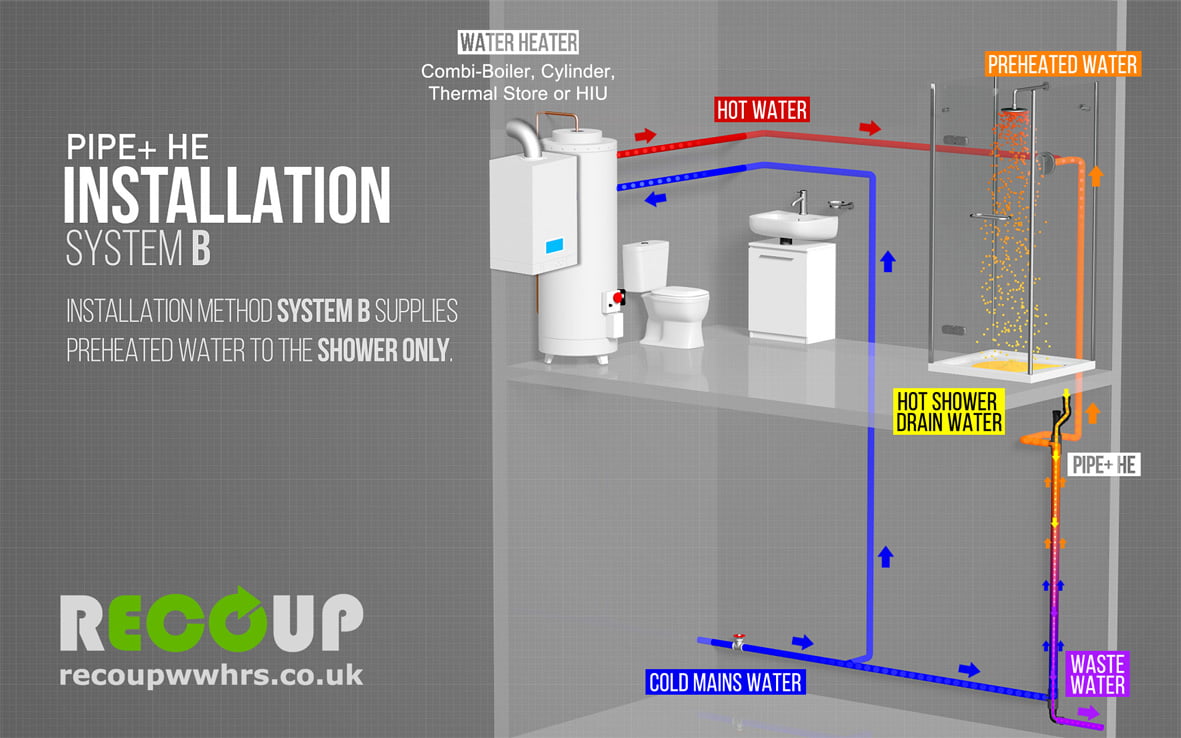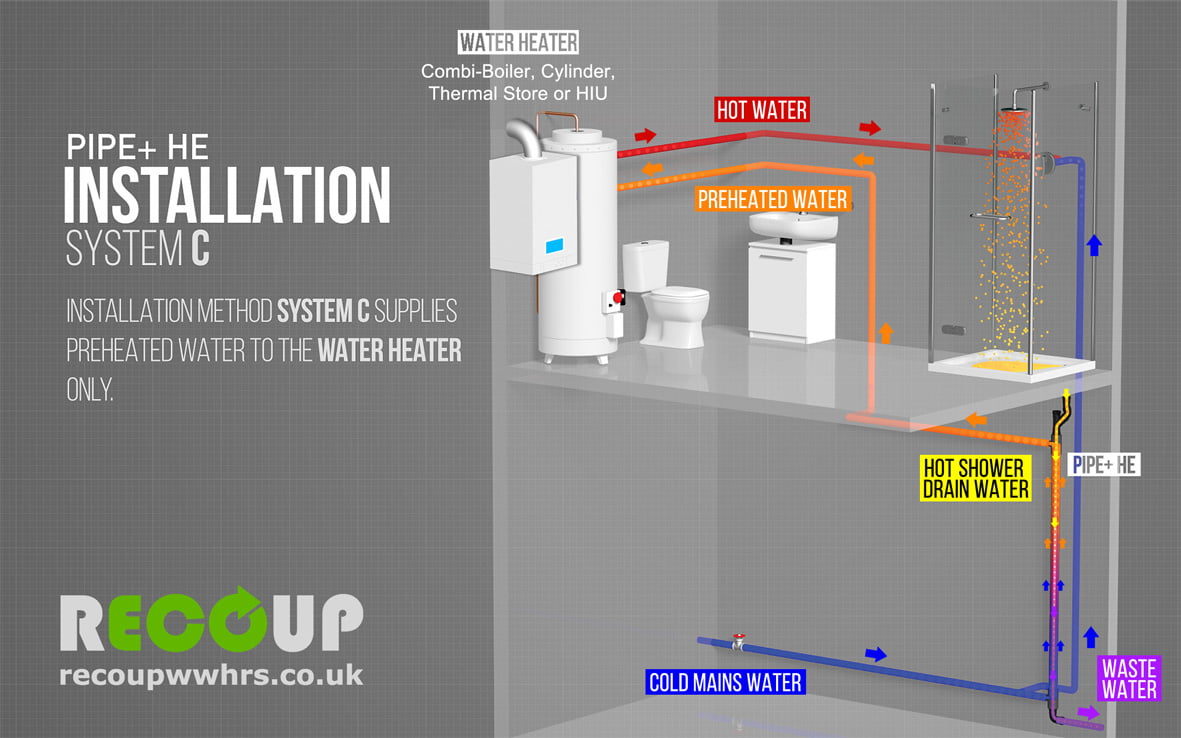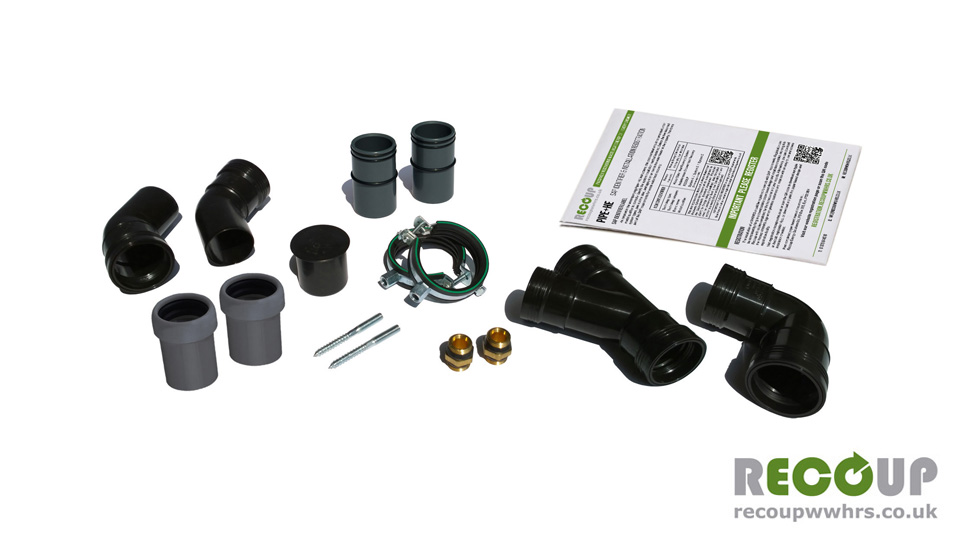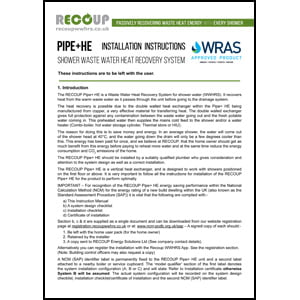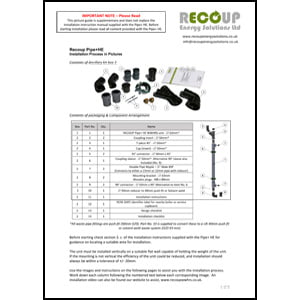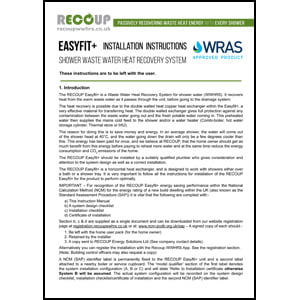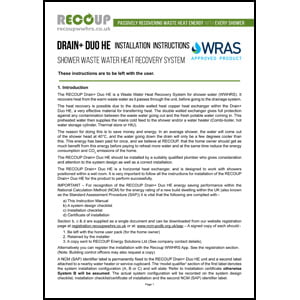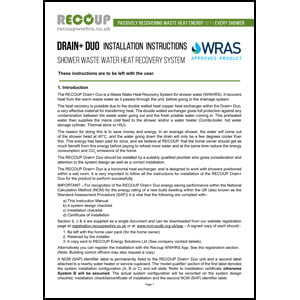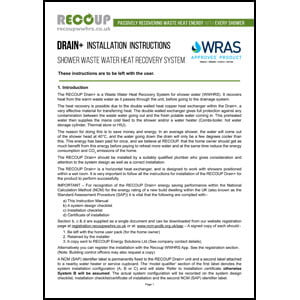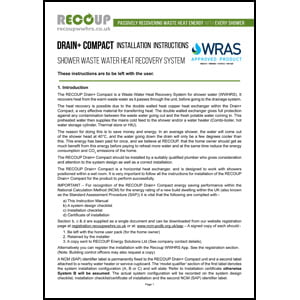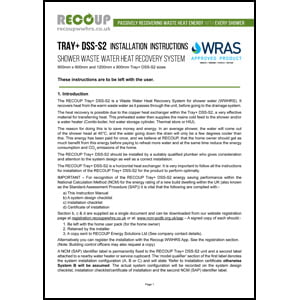Waste Water Heat Recovery for Showers
The Future Homes Standard 2025 sets a pathway to Net Zero Homes, via interim regulations: ADL2021
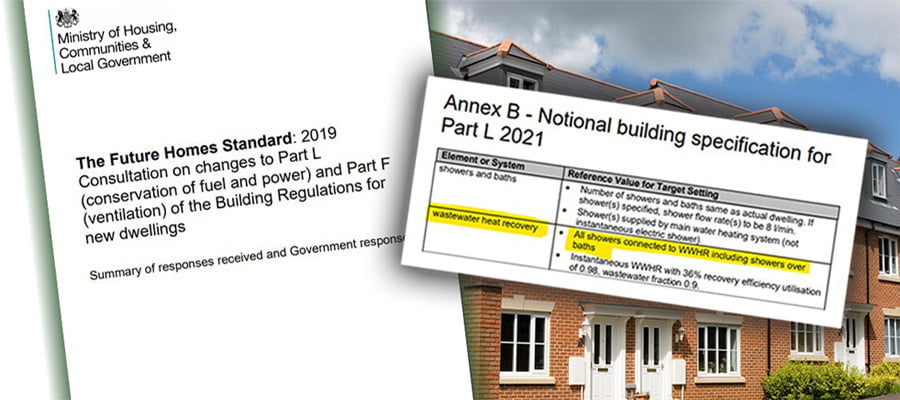
The government confirmed that the Future Homes Standard (FHS) will come into force for 2025 and that all new homes from this date will be Net Zero Ready having CO2 emission levels 75-80% lower than current regs. Heating homes via fossil fuels will be banned and the expectation is that zero / low carbon heating will become the norm (Heat pumps, Hydrogen, Direct Electric, Black Magic?!?). There is clearly a lot of detail to finalise and MHCLG plan to develop the technical specification across 2022 (along with SAP 11), with a view to consulting on the Future Homes Standard in Spring 2023. This will be ahead of its’ planned introduction in 2024, and coming into force in 2025.
As a pretty significant stepping stone to FHS2025, an interim building regulations update from the currently Approved Document Part L 2013 (ADL 2013) regulations is also now confirmed. These interim regulations: ADL2021, are scheduled to be introduced in December 2021 and to be mandated from June 2022. As well as improving the energy efficiency of new buildings in the short term, the interim uplift (+31%) will ensure that construction professionals and supply chains are working to higher specifications in readiness for the proposed introduction of the Future Buildings Standard from 2025.
ADL2021 will require all new build dwellings in England to emit 31% less CO2 than current buildings. A significant, although some will say, considerably long overdue, improvement. Gas boilers are still permitted under ADL 2021, and the notional dwelling suggests that an increased Fabric Energy Efficiency Standard (FEES) + WWHRS + PV is the optimum and most cost-effective route to achieve this.
FEES, which are the minimum fabric energy efficiency standard mandated in current building regulations, are a back-stop designed to ensure that buildings do not lose excessive energy via poor insulation, designed to reduce the space heating demand of new builds. Initially, it was thought that FEES were to be removed from ADL 2020, but collective wisdom, along with a Collective response from many industry professionals during consultation has led to FEES remaining as an integral metric of ADL2021. At what level the minimum FEES will be required will be, is still under consultation (see section 6.6.6 of the Buildings The Future Buildings Standard, published 19th Jan 2021), but the Governments prefered option (shown below) represents a “significant improvement in fabric performance”.
This week Gavin Dunn (Chair, BRAC Part L Working Group for new dwellings) presenting on behalf of BSI, suggested that the 31% uplift target, despite requiring significantly higher minimum Fabric targets, “should be a very achievable step”. “Where gas boilers are used, they are expected to be future-proofed with low-temperature heat emitters, such as under floor heating or low temp radiators”. This is intended to future-proof ADL2021 homes, to be heat pump-ready in the future. If direct electric heating is to be used, (eg for flats or apartments) “then Fabric will be required to be increased further”.
During his presentation, Gavin highlighted an example of how developers could achieve the new standard (below). This makes perfect sense as many developers are already familiar with these technologies.
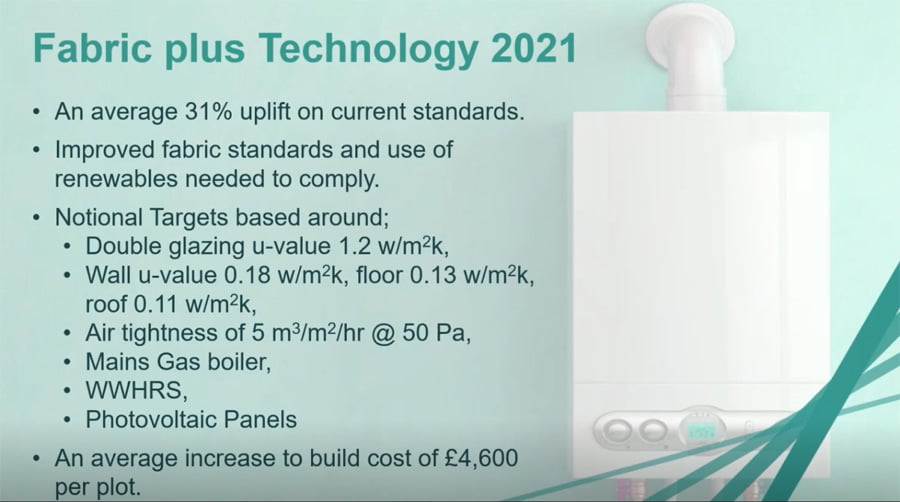
Solar PV is one of the most commonly used renewable technologies and can be deployed at scale. WWHRS is used by the UK’s largest housebuilders, and is already stocked and sold via the National UK P&H merchants. Its’ simple to install and requires no upskilling; offers very cost-effective SAP points; and requires no maintenance or end-user interaction. Along with gas boilers and high-performance insulation, this is a package of measures that is already familiar to most housebuilders and developers.
Other notable changes to the new regulations are as follows:
- New dwellings from 2022 will need to comply with a Target Emission Rate, a Target Primary Energy Rate, and a Target Fabric Energy Efficiency.
- To ensure that as many homes as possible are built to the updated standards, the transitional arrangements will now be applied to individual homes rather than whole developments, with a period of one year from the introduction of new regulations being imposed.
- Plans to introduce an affordability target based on EPC ratings have been removed.
- The consultation response clarifies that in the immediate term, the Planning and Energy Act 2008 will not be amended and therefore local authorities continue to have the power to set additional energy efficiency standards and renewable energy requirements. This may result in Local Authorities opting to bring the ADL2021 standard forward, as a method for standardising local uplift requirements.
- In order to address the ‘performance gap’, a range of measures to ensure the accuracy of as-built assessments will be introduced. A BREL (Building Regulations England Part L) compliance report will be introduced, to be signed by the energy assessor and developer to confirm the as-built calculations are accurate.
- Additionally, there will be a requirement for photographic evidence to be collated during the build process for each home and provided to the energy assessor and Building Control as required. There is no restriction on the appropriate party to gather and collate this evidence – trade operatives can take these photographs.
- This June 2022 date will not only bring in a new Part L for energy and emissions into force (covering newbuild, retrofit, residential and non-residential buildings: 1A, 1B, 2A, 2B); but also a new Part F for ventilation and air quality; and a brand new Approved Document for overheating risks in dwellings as well as buildings like care homes and hostels.
- The non-residential buildings element is now released for consultation, as The Future Buildings Consultation (Jan 2021)
If you are considering your package of measures for ADL2021, then Recoup is here to help. We can offer support and guidance and have a full suite of remote learning and CPD resources with our interactive online presentation.
Alternatively, we can directly support SAP assessors or Developers with designing-in and specifying the most cost-effective WWHRS options for your development or portfolio, with no cost or obligation. Simply make contact and send us your house-type floor plans, and we will respond with a tabulated list of WWHRS options ready for SAP modeling as well as installation and supporting documents.
The Government’s full response to the Future Homes Standard consultation can be found here
The Government’s newly published consultation on changes to Part L (conservation of fuel and power) and Part F (ventilation) of the Building Regulations for non-domestic buildings and dwellings; and overheating in new residential buildings can be found here


